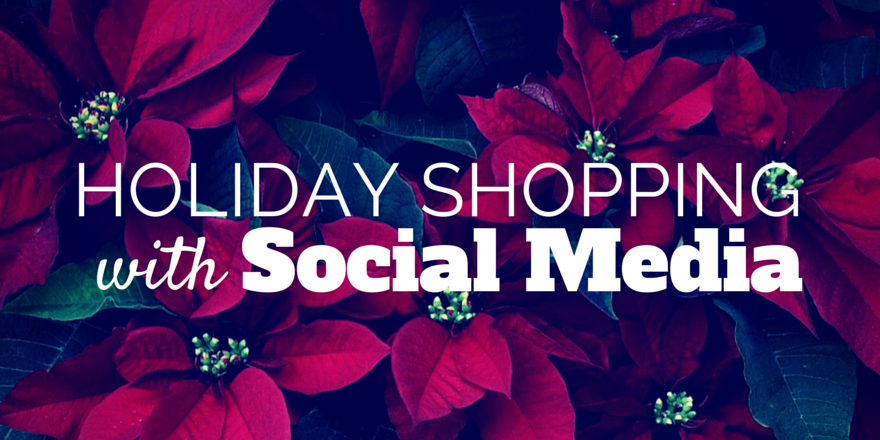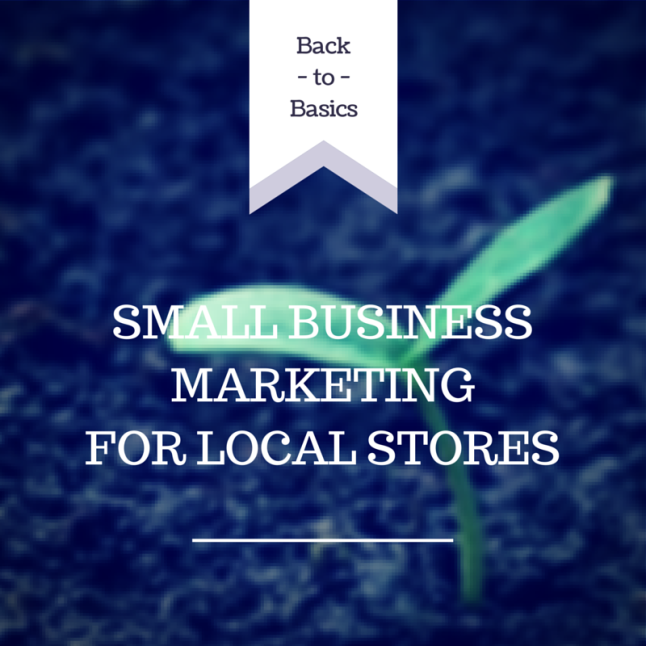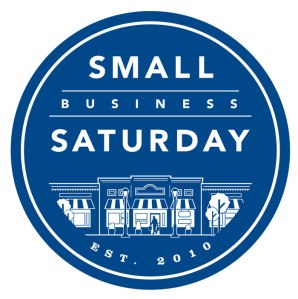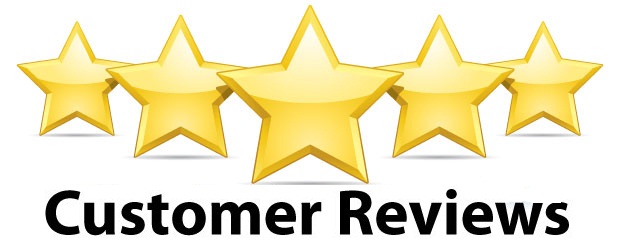The Importance of Visual Content
/As a small business owner, marketer, and website owner, you have to wear a lot of hats. You have to produce your products, deliver great customer service on a daily basis, and ensure you keep up with marketing techniques so you can effectively promote your brand. But unfortunately, in today's intensely competitive online world, it's not enough to simply have a website and promote yourself on social media. You also need to create some kind of a content marketing plan—such as a blog—and you should be integrating visual content into that plan. Now, you might be asking why you should be doing this. Maybe you've been writing a blog and you feel that you get enough shares, traffic, engagement, etc. from it already. Maybe you're more the type who enjoys reading than forcing your way through an infographic. Or maybe you haven't even started a blog and don't really see the point in having one.
Unfortunately, the numbers prove that images and videos—visual content—help sell products better than text alone.
Image Source: Visually Social
Did you know that posts with videos attract 3 times more inbound links than plain text posts? Or how about that views of a published article go up 94 percent if they contain a relevant image or infographic when compared to articles without an image in the same category? Whether it's just a picture or a video, the studies show that visual content is important to the success of your content marketing strategy!
And it makes sense if you really think about it: Since the caveman days, people have been using pictures to communicate with one another! These pictures communicated needs, depicted family life, and told stories of hunts and conquests. When you think of it this way, it's easy to see that we have always loved to tell stories in creative, unique ways. Donna Moritz, an expert on modern-day visual content (not so much cave paintings). stresses that you can really hook your audience when you use images or video to tell a story or share a message. And she's right—you can use videos and images to create anything from how-to articles to images with bite-sized quotes, to informative infographics, to pictures offering tips and tricks. This makes your content more fun for your readers to share or pin to Pinterest boards. It also grabs attention in a stream of text on highly-utilized social media platforms, such as Facebook!
Images Vs Videos
Is it better to use images or videos in your posts? Well, that depends on what you're trying to say with your message.
For example, according to a study cited on Hubspot, viewers are 85% more likely to purchase a product after watching a product video. You can use a product video to demonstrate how your product is used, how it is assembled, or how you can store it during a season when it's not likely to be used (a lawnmower during the winter, for example). But just because you use video, it doesn't mean that you should ignore static images. If you're writing an informative article, such as an “10 Ways to Keep Your Carpet Cleaner”, visuals would be immensely helpful to demonstrate your point. You can use a collection of images or put together a large infographic--whatever you think would work the best with your message. Need proof? The Hubspot article also notes that publishers who use infographics grow in traffic an average of 12% more than those who don't.
So, long story short: If your article could benefit from an infographic or video, you now know the stats. It's worth it!
Making Content Easier to Read
Aside from helping to inform your readers and make your posts more interesting, images and videos also break up large blocks of text, making it easier for readers to navigate your article. Most people are pressed for time now, and they often skim articles while on their morning commute or while checking emails before work. Making concise sub-headlines as well as including photos helps keep their attention and explain what's happening more clearly. Choose attractive or funny photos, depending on your content. What do we mean by "attractive"? We mean that you should keep those boring, generic stock photos to a minimum. We do utilize them ourselves sometimes, but take it from us: Over time, we've learned that people respond much better to pretty or goofy photos than they do the generic “people pointing at a chart in a business suit” images. If you can supply photos you've taken yourself, then that's even better!
Whether you're just getting started with a blog or you've been around for a while, it's important to keep up with trends so that you can get the most out of your efforts. By implementing videos, infographics, and images where appropriate, you can bet that your posts will get more engagement—and you'll see more traffic and conversions as a result.







































